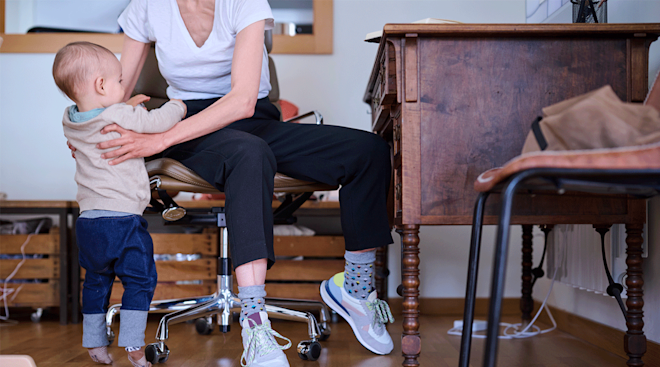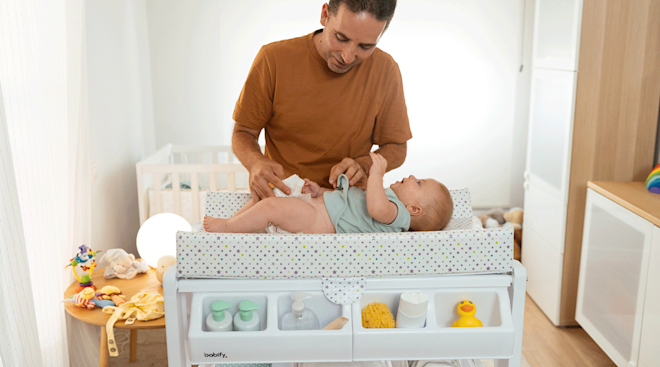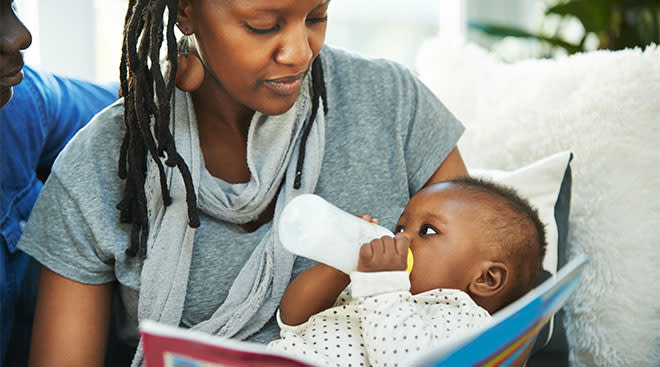What’s a lump in a baby’s abdomen?
Often newborns develop what’s known as an umbilical hernia, a fairly common condition that occurs soon after birth or in the first couple of months. You’ll see a noticeable bulge or soft swelling over the belly button (which is why it’s called “umbilical”), especially when your child sits up, cries or strains. In some cases, a lump in the abdomen for a baby or a toddler can indicate a more serious condition, like an underlying blood, kidney or liver problem.
What could be causing a lump in my baby’s abdomen?
If it’s an umbilical hernia, it was caused by a small opening in the abdominal muscle: When he was still in your belly, those blood vessels that passed nutrients from you to your child never fully closed. Swollen lymph nodes can also sometimes appear as small lumps (which increase in size when your child has a cold or virus). A more serious — but unlikely — cause of an abdominal lump may be a tumor.
When should I take my baby to the doctor with a lump in his abdomen?
Watch to see if there are changes. However, if the lump suddenly becomes larger, harder or darker and can’t easily move (or be pushed back in), or if your child starts to experience severe pain or vomiting, call your doctor right away. He may have developed what’s known as an incarcerated hernia, where a portion of the intestine becomes trapped (yup, incarcerated), and blood flow to the area is limited. Most often the lumps go away on their own, but if you’re concerned, point them out to your doctor.
What should I do to treat my baby’s lump in the abdomen?
It all depends on the doc’s diagnosis — chances are, you won’t have to do anything. The vast majority of umbilical hernias go away on their own by the time the child reaches his second birthday.
Please note: The Bump and the materials and information it contains are not intended to, and do not constitute, medical or other health advice or diagnosis and should not be used as such. You should always consult with a qualified physician or health professional about your specific circumstances.
Navigate forward to interact with the calendar and select a date. Press the question mark key to get the keyboard shortcuts for changing dates.




















































